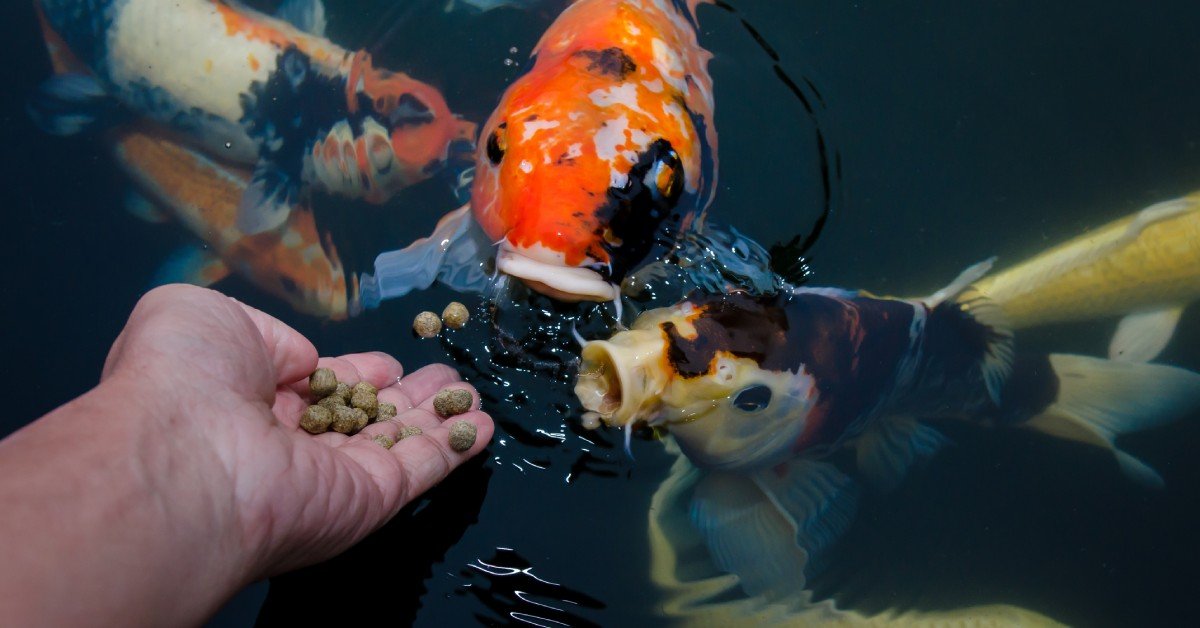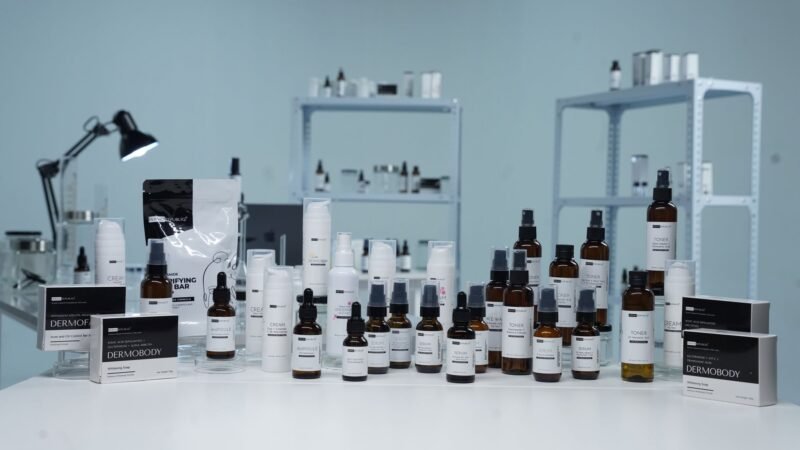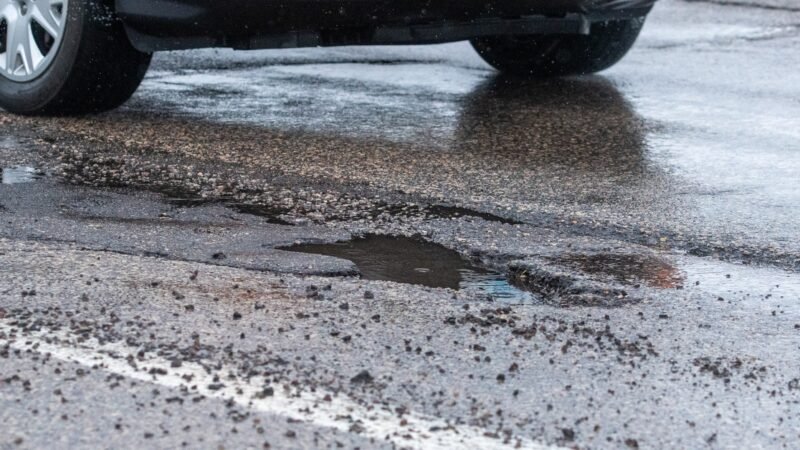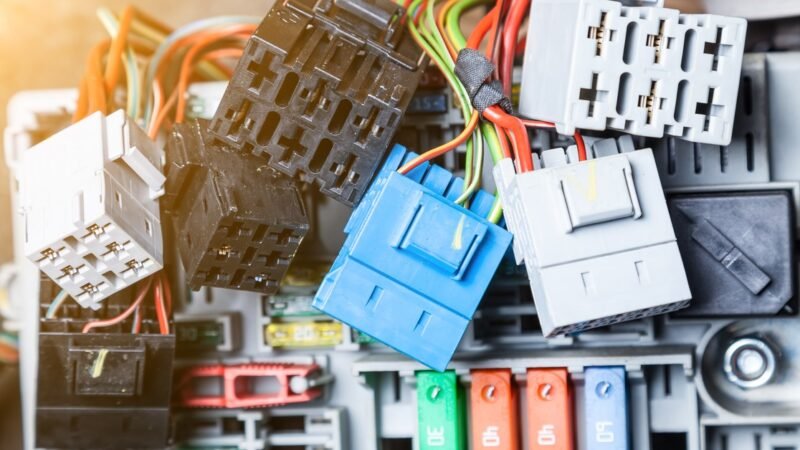How To Care for the Fish in Your Koi Pond

Caring for a koi pond requires more effort than just filling up a pond and adding some fish. These engaging Japanese carp need specific conditions to thrive, and proper care can give them long, fruitful lives while adding to your exterior space.
Here are some helpful tips on how to care for the fish in your koi pond. A general understanding of the process allows you to create an environment where your fish can flourish throughout the seasons.
Monitor Water Quality Consistently
Keeping your water clean is the most important thing when it comes to taking care of your koi. You should check your water every week to monitor the ammonia, nitrate, and pH levels. A good pH balance for koi fish is between 7.0 and 8.5. Ammonia levels should be at zero. There’s science behind maintaining clean pond water that can help your fish stay healthy.
Make sure your pond has a suitable pump and aeration system that can handle the volume of water in your pond. Biological filters break down harmful waste products, while mechanical filters remove debris and particles. Run your filtration system continuously, as stopping it can disrupt the beneficial bacteria that keep your water clean.
Feed Your Koi Properly
While your koi can subsist on bugs that come to your pond, you should maintain a regular feeding schedule to make sure they have access to the nutrients they need. You can find high-quality pellets that support koi of different sizes and ages. This is important since smaller koi need pellets that are easy for them to swallow.
You should feed your koi more regularly in the warmer seasons with small amounts that they can eat within a few minutes. Avoid overfeeding, as the uneaten pellets can dissolve and contaminate your water quality. Remember to remove uneaten food to prevent it from decaying.
Protect Against Seasonal Challenges
Another thing to know about caring for the fish in your koi pond is how temperature fluctuations can affect their needs. You may need a stronger aeration system in particularly hot summer months to make sure your fish have enough oxygen.
During the winter, you won’t need to feed your koi as often, but you may need to install a pond heater if you live in a particularly cold area. Keep your aerator running so that the bubbles keep an opening in the frozen surface that allows gases to escape and oxygen to enter.
Successful koi care combines consistent monitoring, proper nutrition, and seasonal adjustments. Maintaining optimal water conditions and feeding practices for your fish requires a lot of work, but it’s a worthwhile and rewarding hobby that can bring you years of enjoyment!



